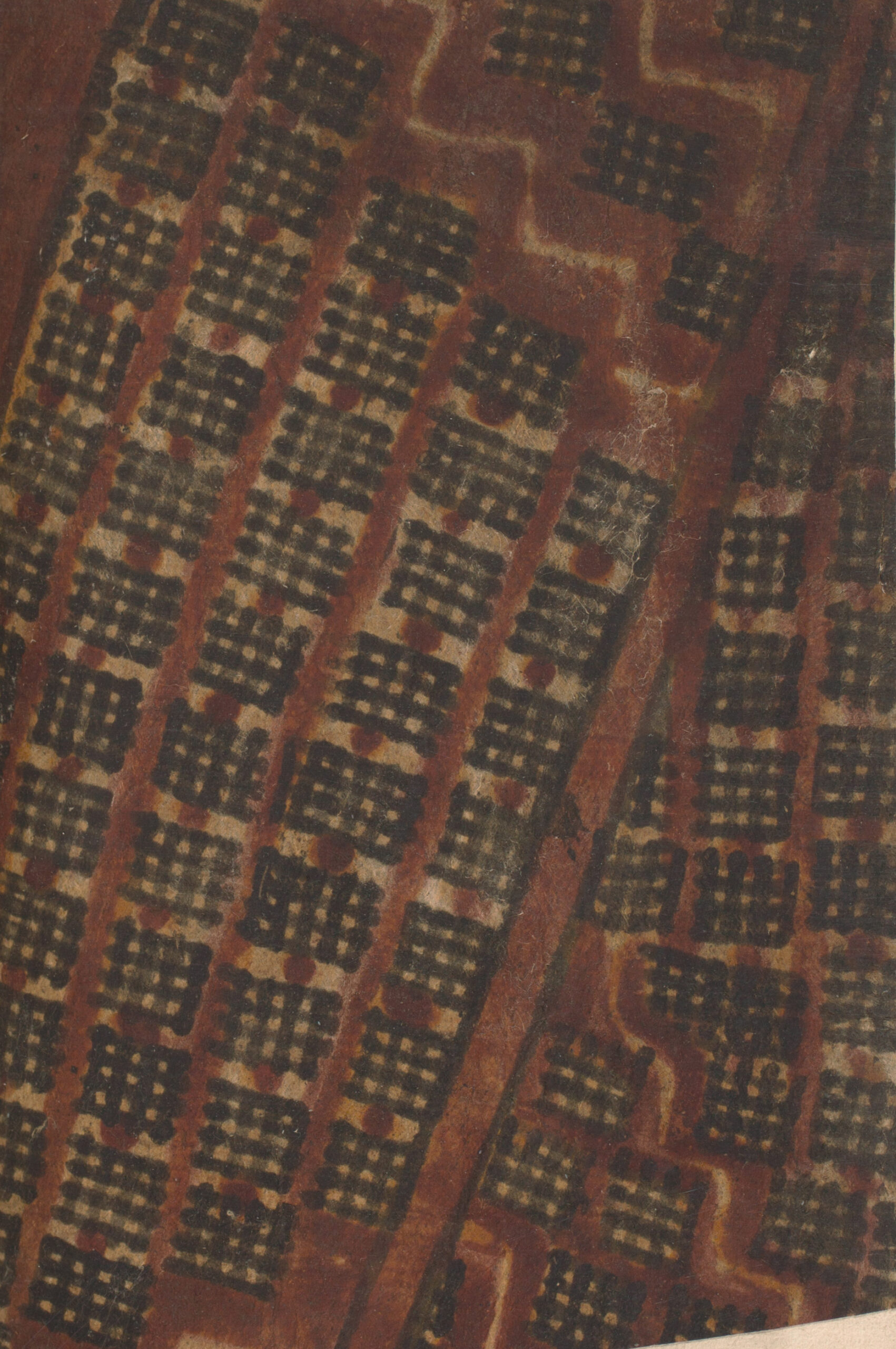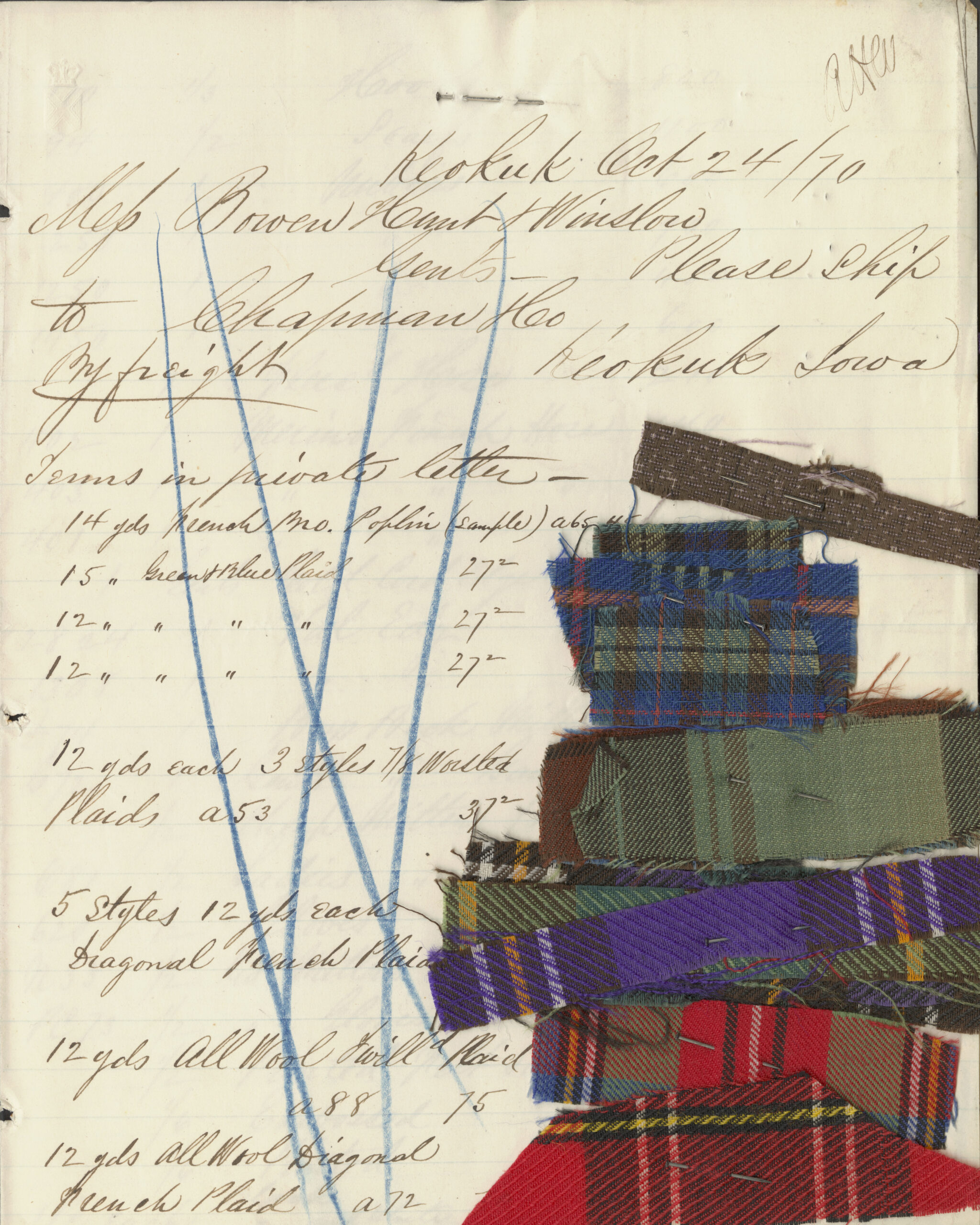Pair 3: The Fabric of History
Contents
Building on a Century of Collecting at the Clements Library
Pair 2: The Power of the Unseen
Pair 4: From the Big Picture to Individual Lives
Pair 5: Picturing African-American Identity
Pair 6: Leadership and Resistance
Pair 7: The Grid, Large and Small
Pair 8: Records of Self-Liberation
Pair 9: Death of Wolfe/Children’s book
Pair 10: Thomas Gage, from the Reading Room to the Digital World
Pair 11: Colonialism and Conversion
Pair 12: Documenting Disability
Pair 14: One Nation, Under a Grid
Pair 15: Judging Books by their Cover
Pair 16: Women Writers and Intellectuals
Pair 17: The Minds of Children
Pair 19: Sex and Gender in the Public Sphere
Pair 21: Organizing the Natural World
Pair 22: Collective Memories of Abraham Lincoln
Related Resources
Pair 3: The Fabric of History
When it comes to “touching history,” 101 Treasures saw a truly singular opportunity in the Clements copy of A Catalogue of the Different Specimens of Cloth Collected in the Three Voyages of Captain Cook (1787), first assembled by London merchant Alexander Shaw and later supplemented by naturalist Thomas Pennant. The volume contains 92 specimens of Polynesian tapa cloth, a fabric made from the bark of the paper mulberry tree and brought back in rolls on Captain Cook’s ships on his third exploration voyage (the ships arrived back in Britain in the fall of 1780, but without James Cook, who was killed in Hawaii in February 1779).. The Clements copy is the largest known compilation of these textile specimens, and unique in that it is augmented by Pennant’s manuscript interviews with several of Cook’s sailors. Interleaved among the samples are descriptions of where, when, and by whom each sample was acquired, how the fabric was used, and ethnological observations of the Polynesian natives who had handcrafted it. Together, the vivid textiles and Pennant’s carefully transcribed interviews provide both tactile and textual evidence of cultural memory.



